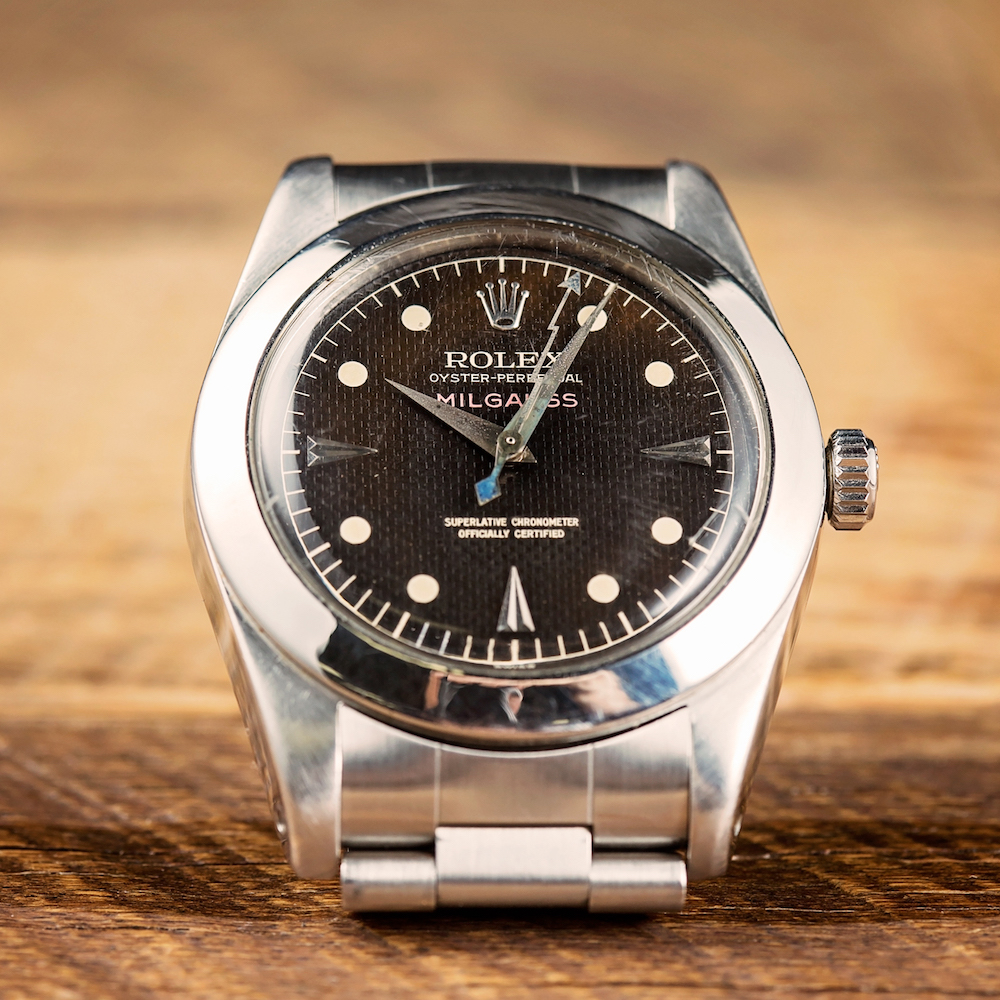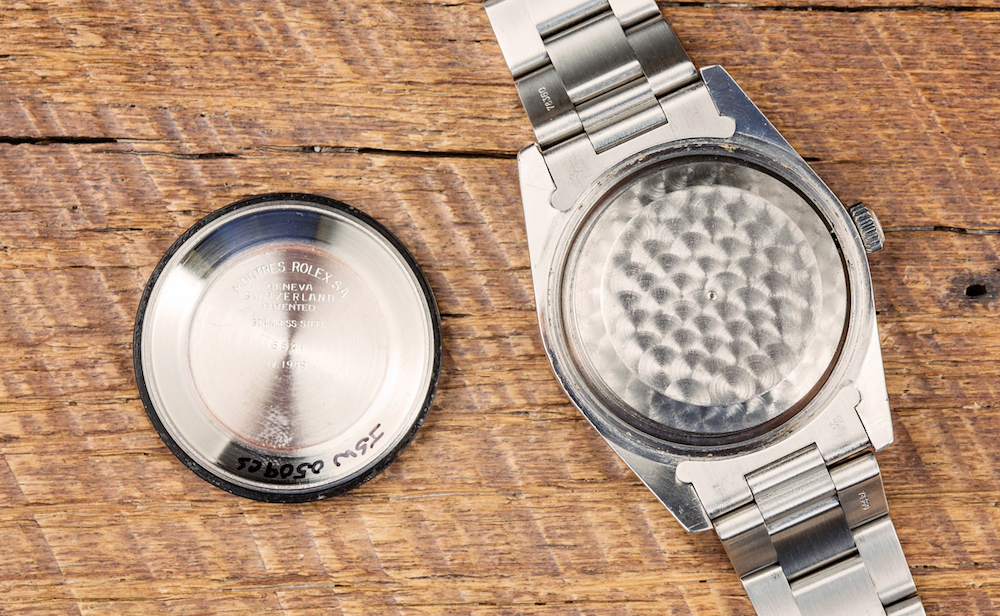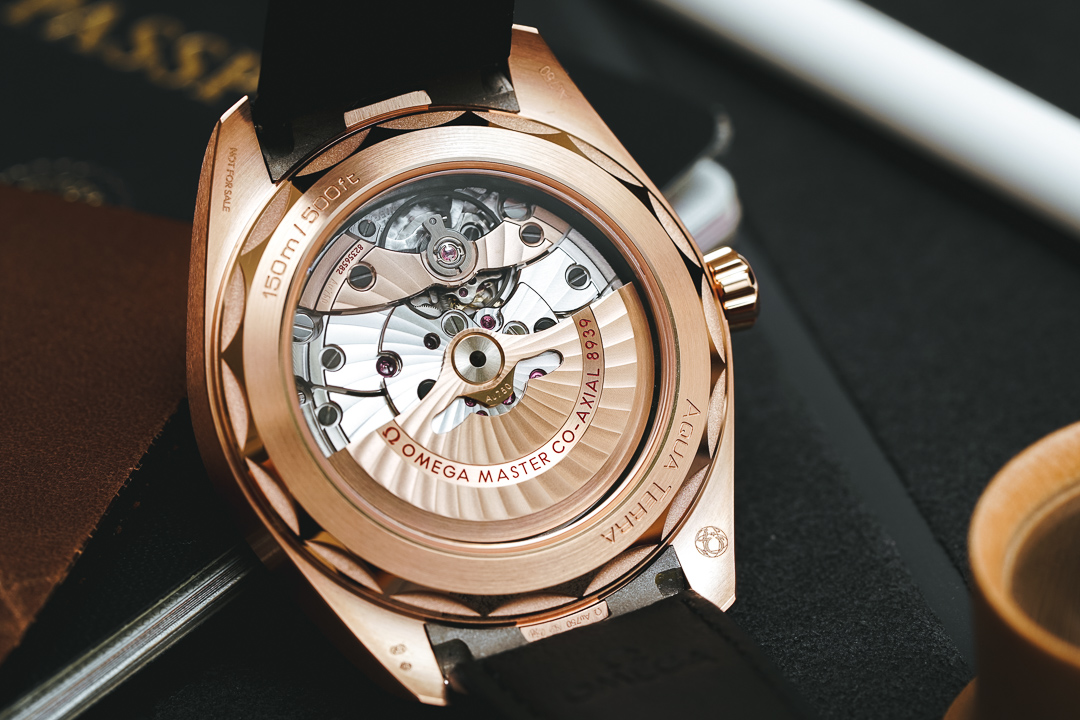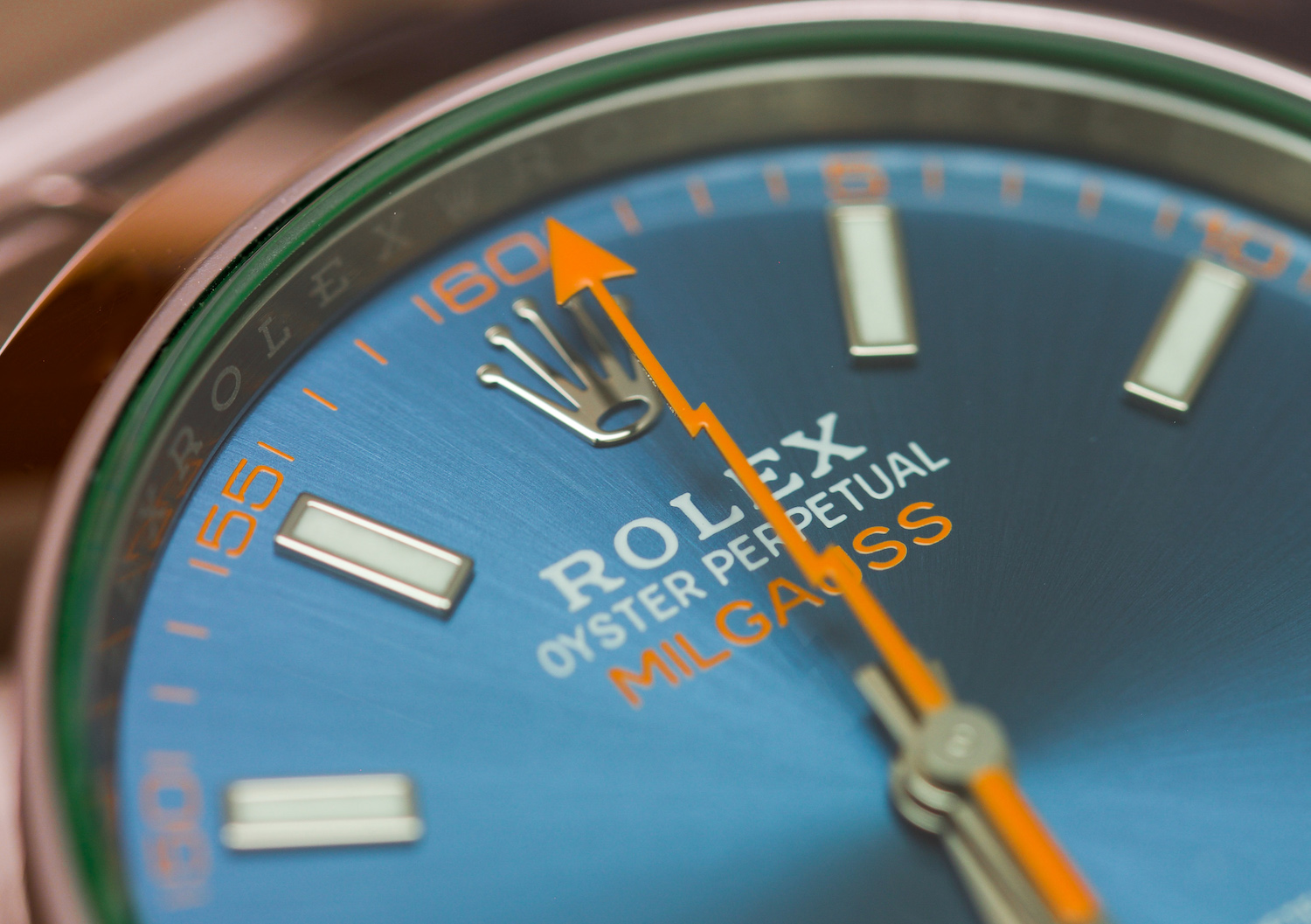
To some watch collectors, reviewing the specification list is critical in selecting a watch to purchase. Potential buyers might seek out a dive watch with an abyssal depth rating, a pilot’s watch that can withstand significantly more acceleration force than the human body can, or perhaps a watch with a power reserve measured in days or weeks rather than hours. Such specifications are an easy way for buyers to understand why Watch A costs more than Watch B. It’s also a way for those selling us watches to convince us that theirs are superior!
One specification race that has been building among watch brands over the years is that of magnetic resistance. The Rolex Milgauss watches have been around since the 1950s (named after their ability to withstand 1,000 gauss of magnetic induction). More recently, Omega has touted some of its watches’ ability to withstand 15,000 Gauss. Other brands such as Sinn advertise that some of its watches can withstand 80,000 A/m — these watches can be identified by a stylized magnetic core on the dial. Many movements are said to meet the ISO standard 764 for magnetic resistant watches, or its German equivalent, DIN8309. What do all of these numbers mean, and are they relevant to you and your watch?
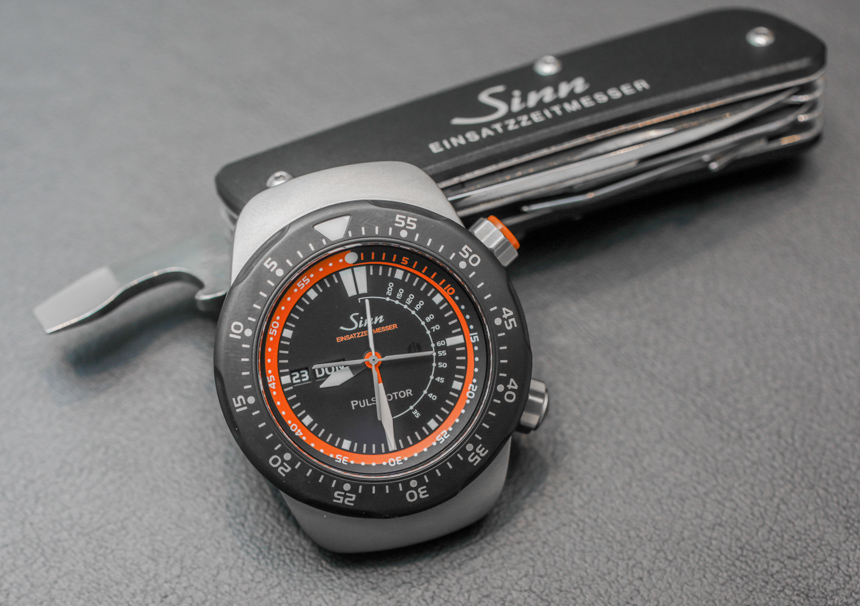
Building an Anti-Magnetic Watch
Typically, watchmakers use one of two methods to make their watches anti-magnetic. The “old-school” method is to encase the movement in an iron cover that blocks magnetic fields from reaching the movement; many people describe this as acting as a Faraday cage, but Faraday cages actually protect from electromagnetic fields, not magnetism. According to Omega, these iron cages are effective only up to 1,000 gauss, which makes sense because this, plus a dial without a date window, is the method that the Milgauss uses. The cages also necessitate a thicker case and prevent the use of a transparent caseback to showcase the movement.
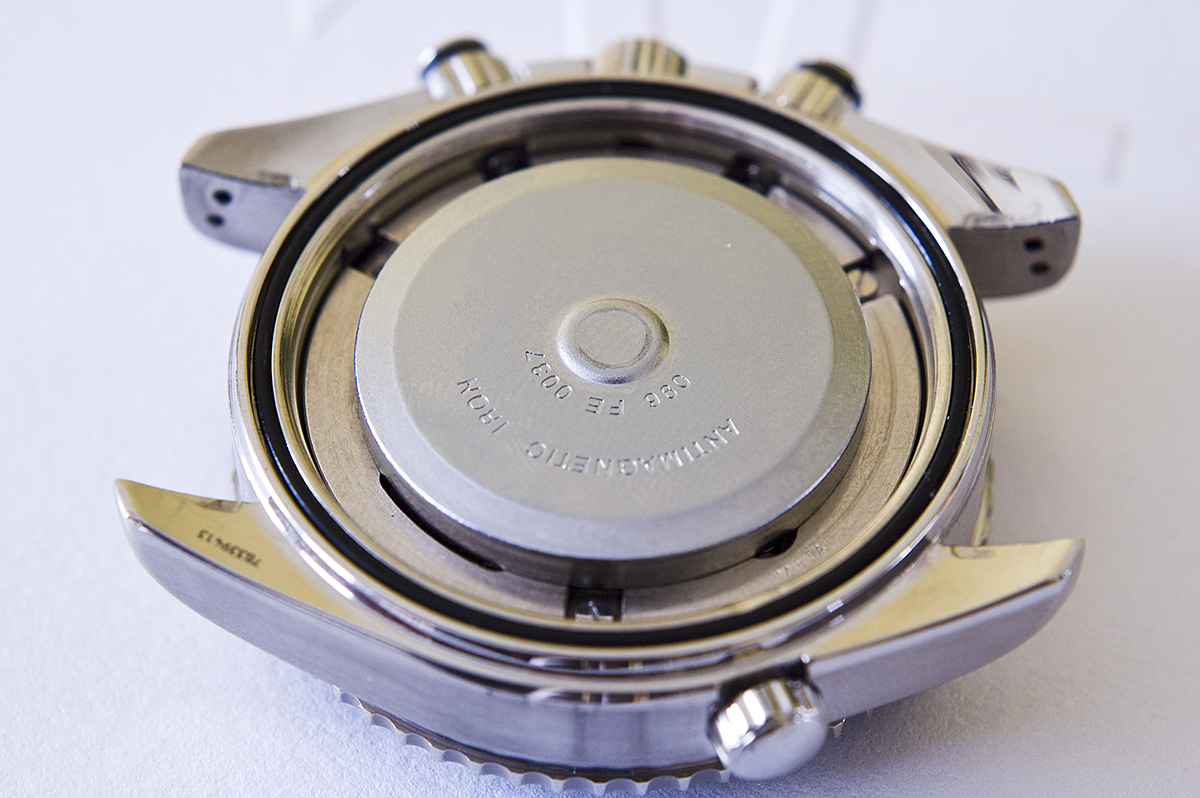
The modern method of making watches anti-magnetic is to construct the movement and especially regulating components from materials that are not susceptible to magnetism. Alloys such as Nivarox used for balance springs have been fairly common for years. Increasingly, watch manufacturers have been moving to silicon for components that affect timekeeping, such as balance wheels/springs and escape wheels/levers. According to master watchmaker at
Art of the Watch, Kelly Hunter, “Omega accomplishes a much higher resistance by using silicon and “amorphous paramagnetic alloys” throughout the entire movement, giving a 10-15x greater resistance than the Milgauss.” This also eliminates the need for a thick iron cage and allows Omega to show off its movements.
For a watch to be called anti-magnetic, it must maintain accurate timekeeping after being subjected to magnetism. For example, watches that meet ISO 764 and DIN 8309 must continue running during the exposure and must not exceed +/- 30 seconds per day after exposure to a magnetic field of 4,800 A/m.
What the heck is a gauss, anyway?
Gauss is a unit of measure of magnetic induction, or simply the strength of a magnetic field. Other units of measure for magnetic induction are Tesla, and Amperes per meter (A/m). One Tesla is equal to 10,000 gauss, which means that the Omega 15,000 gauss models can withstand 1.5 Tesla. The 80,000 A/m that Sinn anti-magnetic watches are rated to withstand is equivalent to 1,000 gauss (equal to Rolex’s Milgauss).
To put this in terms of everyday objects, the iPhone 12 pro’s built-in magnet produces 57 to 60 gauss. This is roughly equivalent to a refrigerator magnet (and the 4,800 A/m specified for an ISO anti-magnetic watch). This means that such a magnet is unlikely to have an impact on most modern watches. Movements such as the ETA2824 or Seiko 4R36 both meet that standard. Apple’s Magsafe charger, however, produces 123 gauss. Keep your watch away from one of those unless it has an iron cage protecting its movement! So, what does Omega’s top anti-magnetic movement protect against? Most MRI magnets are for 1.5 to 3 Tesla (15,000 to 30,000 gauss). Thus, you could wear that watch inside a 1.5T MRI machine, in theory, and have it come out unscathed. I say “in theory” because I expect that the magnetic field would pick up on ferrous materials in the case and bracelet and smash the watch (and your wrist) against the inside of the machine!
What happens if my watch does become magnetized?
If your watch has not experienced an impact, but it suddenly starts running very fast or slow, it has likely become magnetized. The most common problem that magnetism can cause is for the coils of the balance spring to become stuck together. Additionally, according to Kelly, “The escapement (escape wheel and pallet fork) both are traditionally made of steel and therefore can be magnetized as well.” Any of these components becoming magnetized can affect the beat rate of the watch.
To diagnose if this is the case, putting a compass next to the watch can often indicate magnetization. Luckily, Kelly informed me that typically magnetism doesn’t cause permanent damage. He did say, however, that he has “seen hairspring alignment be adversely affected, needing watchmaker intervention and adjustment. This is especially true of hairsprings that lack a proper terminal curve (with dog leg and/or overcoil) in lesser-quality-grade movements.” Other than in these more extreme cases, a magnetized watch can be easily remedied. Any watch repair shop should be able to quickly diagnose and demagnetize your watch. If you don’t live near a shop or are more of a DIY-type, devices that claim to demagnetize watches can be purchased on sites like Amazon and eBay for under $20.
How much magnetic resistance do I need?
Originally, anti-magnetic watches were marketed toward engineers and scientists. That said, I’m an engineer, and I’ve never had a mechanical watch become magnetized. For many people, a watch meeting the basic ISO or DIN anti-magnetic requirements should be sufficient to avoid magnetism. If you are a person who has had a watch become magnetized in the past, it might be worthwhile to invest in a watch with an iron cage protecting its movement. I expect that the 1,000 gauss it can resist should be enough to cover any “typical” situation that anyone might encounter. If, however, you tend to encounter very powerful magnets (or if you’re someone who enjoys collecting watches with extreme specifications), something like the Omega 15,000 gauss movements might be worthwhile.
Is magnetic resistance important to you when shopping for a watch? Has your watch ever become magnetized? We’d love to hear about it in the comments.




